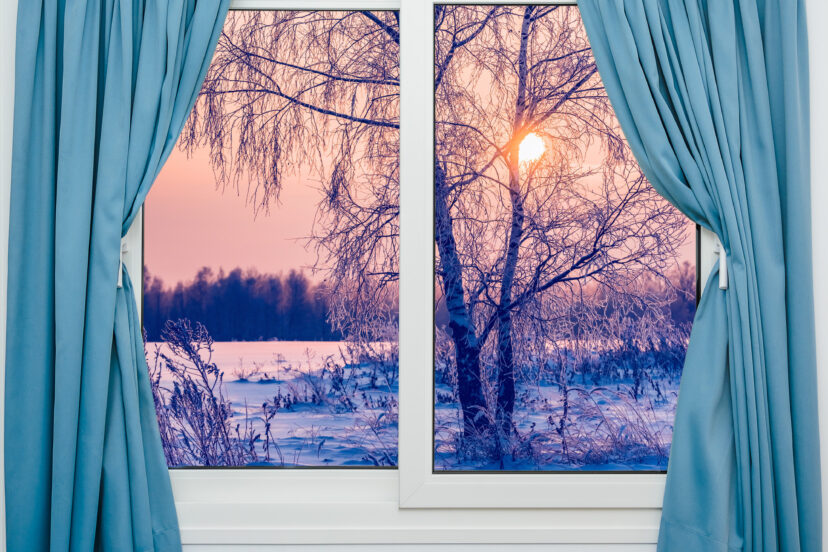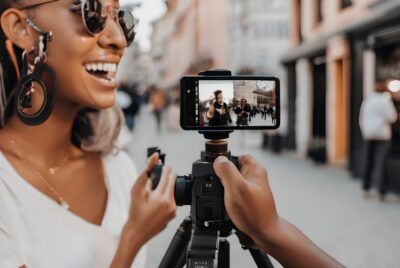Framing Photography: The Art of Composition
Ever wondered why some photos just feel more powerful? More immersive? The secret often lies in something deceptively simple—framing. Let me walk you through why framing is one of my favorite tools in photography and how you can use it to transform your shots from average to eye-catching.
What Is Framing in Photography?
Framing is all about using elements within your scene to surround or highlight your main subject. It’s like drawing a visual box around what you want people to focus on. And the best part? You can find or create frames almost anywhere—windows, trees, shadows, people, doorways… the list goes on!
Why Framing Matters More Than You Think
Guiding the Viewer’s Eye
When you use framing effectively, you’re not just showing someone a photo—you’re telling them exactly where to look. It’s a powerful way to eliminate distractions and pull your viewer into the story.
Adding Context and Depth
Framing gives your image a sense of depth. It pushes the subject forward and adds layers to your scene, almost like a mini stage play within a still photo. It’s like you’re giving your viewer a peek through a window into a moment.
Types of Framing Techniques
Let’s break down the different ways you can frame your subject.
Natural Frames
These are elements from nature that you use to encircle or highlight your subject.
Trees and Branches
Overhanging branches or the curve of a tree trunk can create a beautiful organic frame.
Arches and Doorways
Look for doorways, arches, or even the space between two rocks—they can all work as natural framing devices.
Architectural Frames
Built structures like windows, hallways, and bridges make perfect frames—especially in urban environments.
Environmental Framing
Use your surroundings—like crowds at an event or the inside of a car—to give context and focus.
Object-Based Framing
Even everyday objects like bookshelves, curtains, or mirrors can be turned into creative frames.
How to Use Framing for Stronger Composition
Framing isn’t just about placing something around your subject—it’s about how you make that subject pop.
Look for Frames Within the Scene
Scan your surroundings. Ask yourself: “Can I shoot through something?” Maybe a fence, a crack in a wall, or even your fingers.
Use Light and Shadow Creatively
Sometimes, you don’t need a physical object to frame. A patch of light, or a dark silhouette, can create a natural frame with just as much impact.
Experiment with Layers and Perspective
Try layering elements in the foreground and background. Shoot through glass, reflections, or sheer fabric for more drama.
Framing vs. Cropping: Know the Difference
Framing is done while composing your shot, while cropping happens afterward. Think of framing as intentional storytelling, and cropping as a way to fix or enhance composition. Mastering framing means less post-editing and more creative control.
>>> best deals on camera kits CLICK HERE <<<
Tips for Practicing Framing in the Field
Move Around and Change Angles
Don’t stick to eye level! Crouch down, climb up, or tilt your camera. New perspectives reveal new frames.
Pre-visualize the Final Shot
Imagine the end result before you even lift the camera. What do you want your viewer to see first?
Shoot Wide, Frame Tight
Sometimes I shoot a little wider than necessary so I can play with composition later. But I always make sure the framing still feels intentional.
Common Framing Mistakes and How to Avoid Them
Overcrowding the Frame
Too many elements around your subject? Your viewer won’t know what to focus on. Keep it clean and balanced.
Distracting Backgrounds
If the background inside your frame is cluttered, it defeats the purpose. Look for clean lines or blur it with a wide aperture.
Ignoring Subject Isolation
Make sure your subject stands out from the frame—don’t let it blend in. Contrast in color or brightness can help here.
Framing in Portrait Photography
Use Hands, Hair, or Props as Frames
A hand brushing through hair, a scarf wrapped around a face—these little touches create intimacy and character.
Control Background Elements
In portraits, every little detail counts. Use curtains, door frames, or even mirrors to direct focus without stealing it.
Framing in Landscape Photography
Lead the Eye with Natural Elements
Mountains, trees, rivers—they can all direct the viewer’s eye to a central subject or focal point.
Use Negative Space to Frame Subjects
Sometimes, the absence of elements can be the best frame. Open skies or empty fields make subjects stand out dramatically.
Framing and Storytelling
Emotion Through Composition
Framing can help communicate emotion. A child framed through a cracked window feels vulnerable. A subject framed with wide open skies feels free.
Creating a Narrative
Framing lets you say, “Look here, this is important.” It guides the viewer through the beginning, middle, and end of your visual story.
Tools and Gear That Help with Framing
Prime Lenses vs. Zoom Lenses
Prime lenses force you to move, which makes you think more about framing. Zooms are flexible, but don’t let them make you lazy.
Tripods and Viewfinders
A tripod lets you slow down and fine-tune your composition. Viewfinders (optical or electronic) help you isolate frames more accurately than shooting with the screen.
Conclusion
Framing isn’t just a trick—it’s a mindset. Once you start seeing the world through “framing glasses,” everything becomes a potential masterpiece. So go out there, explore, peek through windows, crouch under bridges, shoot through your fingers—and frame your world one photo at a time.
>>> best deals on camera kits CLICK HERE <<<
FAQs
1. Can framing be used in mobile photography?
Absolutely! Many mobile photographers use creative angles, foreground elements, and reflections to frame subjects beautifully—even on a phone.
2. Should I always use framing in every photo?
Not necessarily. Like any technique, framing is a tool. Use it when it adds to your story or composition, not just for the sake of it.
3. What’s the best lens for framing shots?
There’s no “best” lens, but 35mm and 50mm primes are versatile and force you to physically move for better framing.
4. Can post-processing improve framing?
Yes, but only to an extent. Cropping can simulate framing, but it’s more powerful when done during shooting.
5. What’s the fastest way to learn framing?
Practice! Challenge yourself to take 10 photos a day using different types of frames. Over time, it becomes second nature.
Further reading
Check out our other relevant articles:
.
To further enhance your understanding of framing photography, here are two educational resources that delve into techniques and practical tips:
-
“What is Framing in Photography: A Guide for Beginners” by Alan Ranger
This comprehensive guide explores various framing techniques, including the use of natural elements, architectural structures, and light and shadows to create compelling compositions. It also discusses how framing can shape the narrative of an image, providing practical advice for beginners. -
“Framing in Photography (with Examples and Ideas!)” by Live Snap Love
This article offers a clear explanation of framing as a compositional technique, emphasizing its role in drawing attention to the subject and adding depth to photos. It includes numerous examples and ideas to help you apply framing effectively in your photography.
These resources complement the concepts discussed in the article and provide additional insights and examples to help you master the art of framing in photography.




